Convair CV-240
In a field next to the main and only runway of Orlando Apopka Airport sits a Convair CV-240 undergoing renovation by and for the U.S. Airline Industry Museum Foundation (USAIMF). I spotted it while driving up to Renninger's Antique Center up Mt. Dora to visit a mutual friend who sells antiques. On the way back we stopped at the airport and I walked up the taxiway to where the 240 was sitting.
According to the USAIMF website the 240 sat for 12 years, from 1997 to 2009, at the Daytona Beach (Florida) International Airport before it was moved to its current location. Since then volunteers have been involved in essentially a work of love in restoring the old airliner from the inside out. When I stopped by today, two volunteers were working to tape up the outside windows in preparation for repainting the exterior in the aircraft's original livery. Whether that livery will be American Airlines, or one of the other carriers that flew her, I have no idea. But from what I saw the aircraft's exterior needs a good deal of love.
The aircraft is being prepared as a museum display, not for return to flight. As good as this aircraft was in her day (and she was quite good), the amount of money and time required to make her airworthy again is only for the very, very rich. Cleaning her up as an exhibit is a lot less expensive, but still costly in time and money. This aircraft has been siting here so long that it shows up on Google Maps.
Convair
Convair was the result of the merger of Consolidated Aircraft and Vultee Aircraft in 1943. The resultant company, Consolidated Vultee Aircraft Corporation was eventually shortened to Convair (Consolidate Vultee Aircraft).
Convair is a storied aerospace company of firsts, responsible for the Convair B-36, the first delta-winged fighter aircraft, the F-102 and the F-106, and the B-58 Hustler. Convair developed the first deployed U.S. ICBM, the Atlas. Combined with the Centaur upper stage it was the launch vehicle for the first U.S. manned spacecraft, the Mercury. As a child of the 60's the space program, in particular Mercury, Gemini, and Apollo, were magical touchstones to the future for me. I could never get enough, building every model that came out of every spacecraft that flew. Somewhere in my attic I still have Revell models of a Gemini and Apollo spacecraft, which I keep promising myself, after some 30+ years, that I'll eventually get around to building and finishing out.
Convair made an attempt to manufacture and market commercial aviation aircraft such as the CV-240 family of prop-driven aircraft and the Convair 880 and 990 jet aircraft. I remember both the CV-440 and the CV-880 through my dad's employer, Delta Airlines out at the Atlanta Airport (which grew into Hartsfield International). In particular I remember driving out to the old Atlanta Airport as a young child to pick up my grandmother, who at the time flew up from Savannah on the 440s. I remember at least once going out to the gate and watching her walk down the Convair's built-in staircase onto the tarmac and then into the building to great us and give us all hugs. This was long before the time we live in now, where we walk onto and off today's aircraft through a covered air-conditioned walkway. What's interesting is that the 440 moved the stairway from the forward starboard side to the forward port side.
Technical
Taken with the E-P2 and E-PL1 with various lenses, post processed in LightRoom 4.1 and Silver Efex Pro.
Links
U.S. Airline Industry Museum Foundation Facebook Page
According to the USAIMF website the 240 sat for 12 years, from 1997 to 2009, at the Daytona Beach (Florida) International Airport before it was moved to its current location. Since then volunteers have been involved in essentially a work of love in restoring the old airliner from the inside out. When I stopped by today, two volunteers were working to tape up the outside windows in preparation for repainting the exterior in the aircraft's original livery. Whether that livery will be American Airlines, or one of the other carriers that flew her, I have no idea. But from what I saw the aircraft's exterior needs a good deal of love.
The aircraft is being prepared as a museum display, not for return to flight. As good as this aircraft was in her day (and she was quite good), the amount of money and time required to make her airworthy again is only for the very, very rich. Cleaning her up as an exhibit is a lot less expensive, but still costly in time and money. This aircraft has been siting here so long that it shows up on Google Maps.
Convair
Convair was the result of the merger of Consolidated Aircraft and Vultee Aircraft in 1943. The resultant company, Consolidated Vultee Aircraft Corporation was eventually shortened to Convair (Consolidate Vultee Aircraft).
Convair is a storied aerospace company of firsts, responsible for the Convair B-36, the first delta-winged fighter aircraft, the F-102 and the F-106, and the B-58 Hustler. Convair developed the first deployed U.S. ICBM, the Atlas. Combined with the Centaur upper stage it was the launch vehicle for the first U.S. manned spacecraft, the Mercury. As a child of the 60's the space program, in particular Mercury, Gemini, and Apollo, were magical touchstones to the future for me. I could never get enough, building every model that came out of every spacecraft that flew. Somewhere in my attic I still have Revell models of a Gemini and Apollo spacecraft, which I keep promising myself, after some 30+ years, that I'll eventually get around to building and finishing out.
Convair made an attempt to manufacture and market commercial aviation aircraft such as the CV-240 family of prop-driven aircraft and the Convair 880 and 990 jet aircraft. I remember both the CV-440 and the CV-880 through my dad's employer, Delta Airlines out at the Atlanta Airport (which grew into Hartsfield International). In particular I remember driving out to the old Atlanta Airport as a young child to pick up my grandmother, who at the time flew up from Savannah on the 440s. I remember at least once going out to the gate and watching her walk down the Convair's built-in staircase onto the tarmac and then into the building to great us and give us all hugs. This was long before the time we live in now, where we walk onto and off today's aircraft through a covered air-conditioned walkway. What's interesting is that the 440 moved the stairway from the forward starboard side to the forward port side.
Technical
Taken with the E-P2 and E-PL1 with various lenses, post processed in LightRoom 4.1 and Silver Efex Pro.
Links
U.S. Airline Industry Museum Foundation Facebook Page
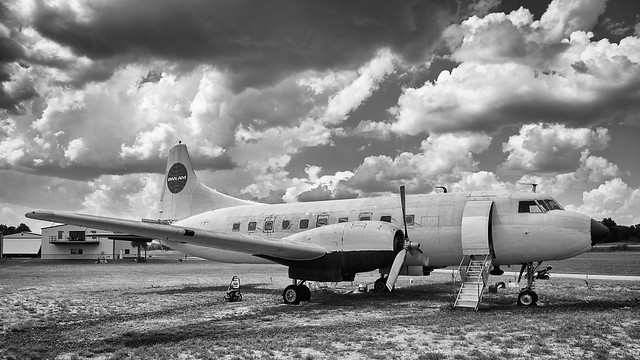
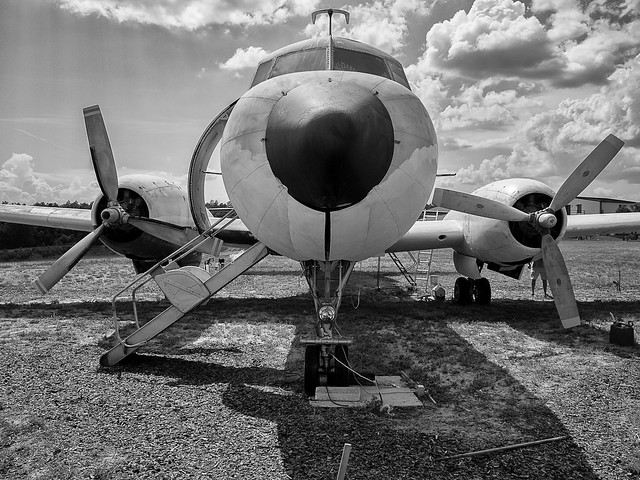
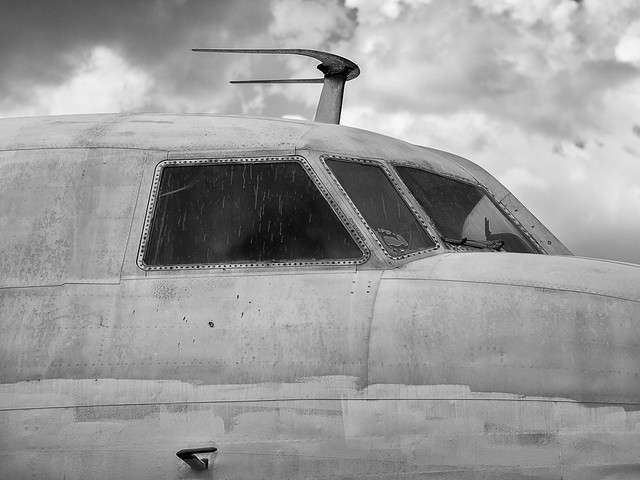
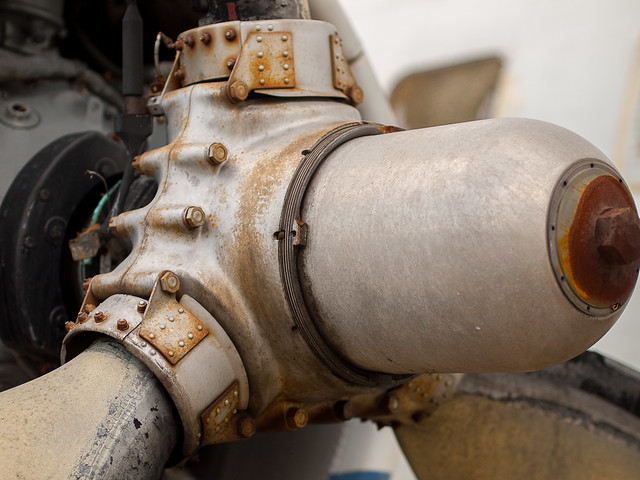
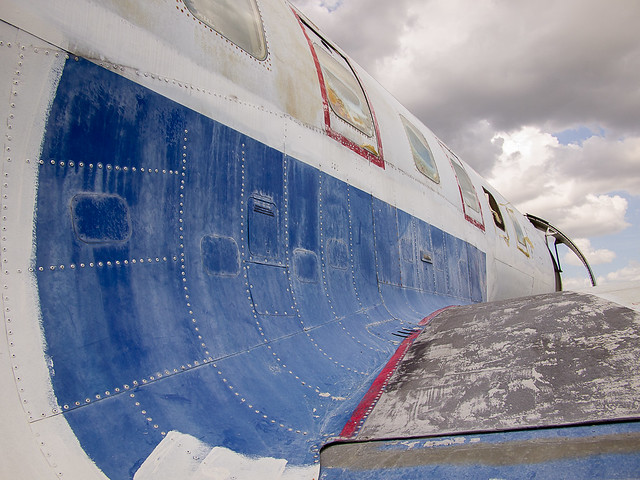
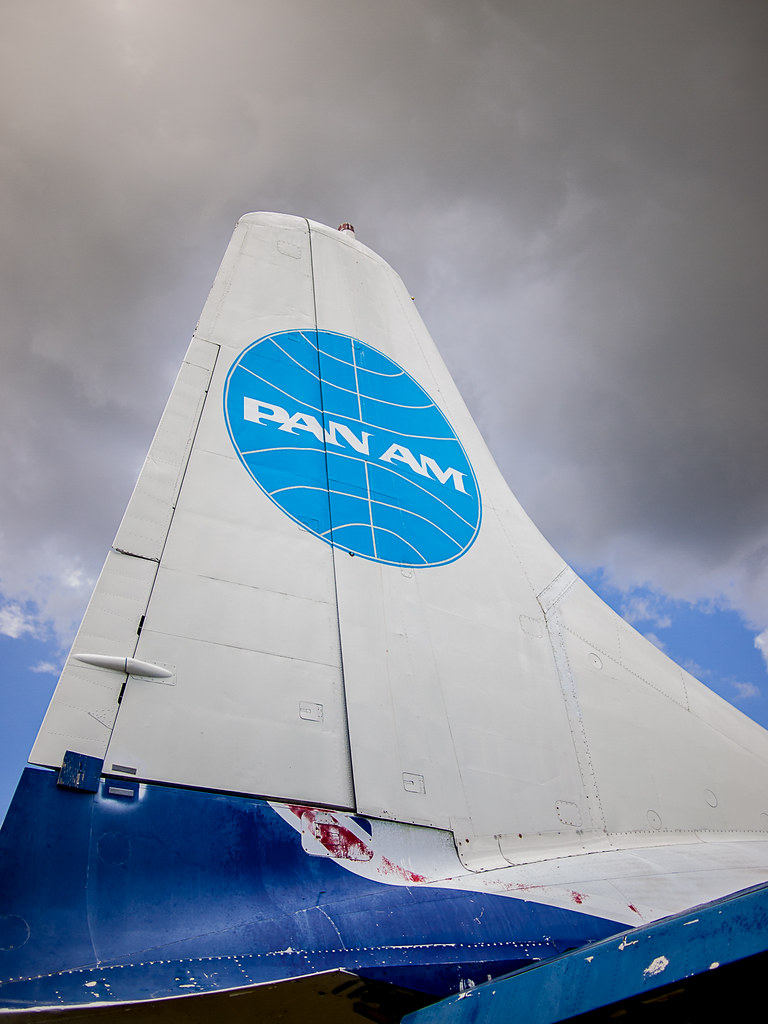
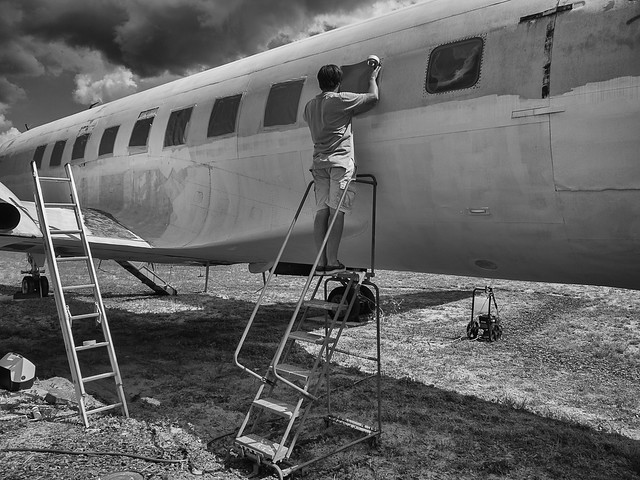

Comments
Post a Comment
All comments are checked. Comment SPAM will be blocked and deleted.